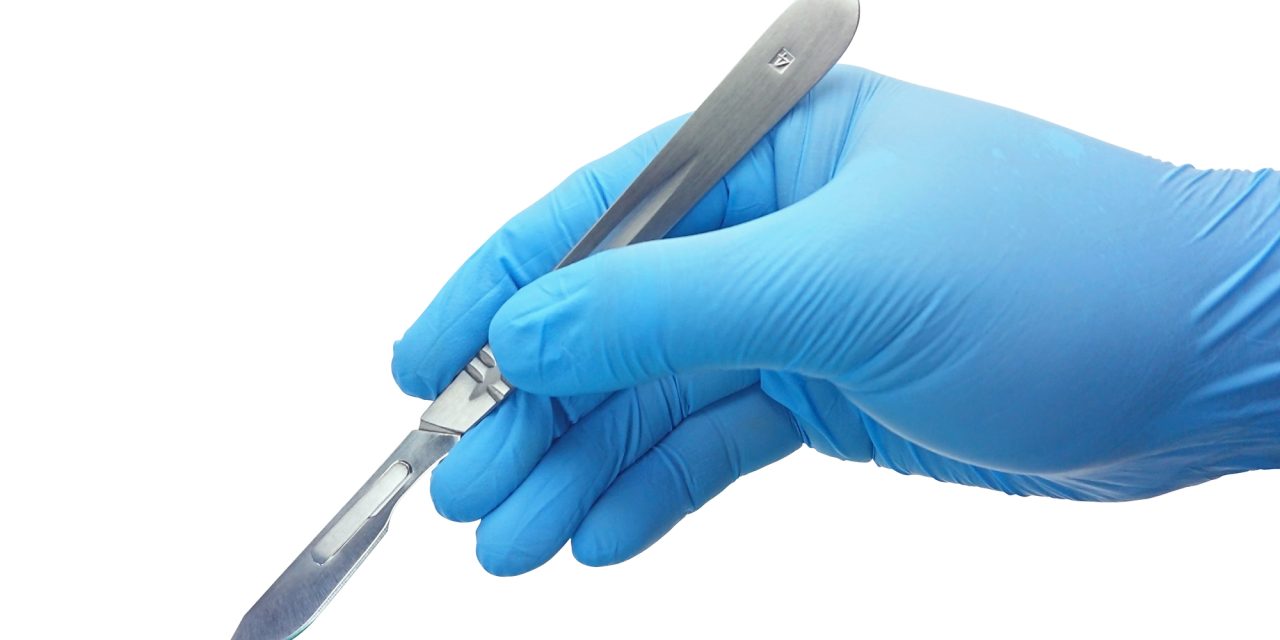The aim: Optimizing the interdisciplinary approaches in the diagnosis and monitoring the dynamics of uterine leiomyoma treatment by high-intensity focused ultrasound ablation.
Materials and methods: In the course of scientific research we conducted a survey 72 women of reproductive age were diagnosed with leiomyoma. All patients underwent bimanual gynecological examination, ultrasound and MRI to determine the condition of the pelvic organs, assess the structure, location, number of myomas, as well as assess the possible acoustic pathway of high-intensity focused ultrasound. During monitoring, dynamic contrasting was used to determine the zone of node necrosis. Methods of control in the postoperative period: ultrasound, MRI of the pelvic organs using paramagnetic, were performed after 1, 3, 6 months. Ultrasound ablation of uterine fibroids was performed using the JC extracorporeal treatment system (Chongqing HAIFU (HIFU) Technology Co. Ltd., China) with a built-in ultrasound system (Italy). Controlling the direct result was based on gray scale changes during real-time ultrasound examination on the monitor of the JC device. Since HIFU is a non-invasive method of treatment, in the future, the diagnosis was limited to using the ultrasound and MRI paramagnetic. Indicators such as: uterine body size were considered as indicators that characterize the effectiveness of treatment; specific volume of myoma; regression of uterine body size; regression of the myoma; regression of the node, calculated on its specific volume, because one patient could have several nodes.
Results: Analyzing the obtained results, it should be noted that for a month the average volume of leiomatous hives that were exposed to HIFU, almost did not change and was 122 cm³, while three months after treatment it was – 98 cm. The nodes underwent a significant reduction 6 months after the treatment, their volume averaged 61 cm³. The dynamics analysis results of uterine body volume reduction, which is no less important expected result, showed the following: in the first month after the intervention the uterine volume almost did not change and, compared to the average size before treatment 342cm³, was 300cm³. In three months after treatment, the body volume of the uterus decreased to 264 cm³, and in six months – to 200 cm³. When assessing the node 6 months after the procedure, it was found that during this period there was a significant reduction in the volume of leiomyoma, which was positively correlated with the clinical manifestations of the disease.
Conclusions: An interdisciplinary approach with the widespread introduction of modern organ-preserving techniques is an important direction in maintaining the reproductive health of women with uterine leiomyoma. Positive dynamics of leiomatous node volume regression depends on its location, volume and MR type. The terms 1 and 3 months after ultrasound ablation are insufficient for objective radiological evaluation of the treatment outcome, but are important for the choice of further tactics in observing and treating the uterine leiomyoma.
INTERDISCIPLINARY INTERACTION IN MAINTAINING THE REPRODUCTIVE HEALTH IN WOMEN WITH UTERINE LEYOMYOMA.


